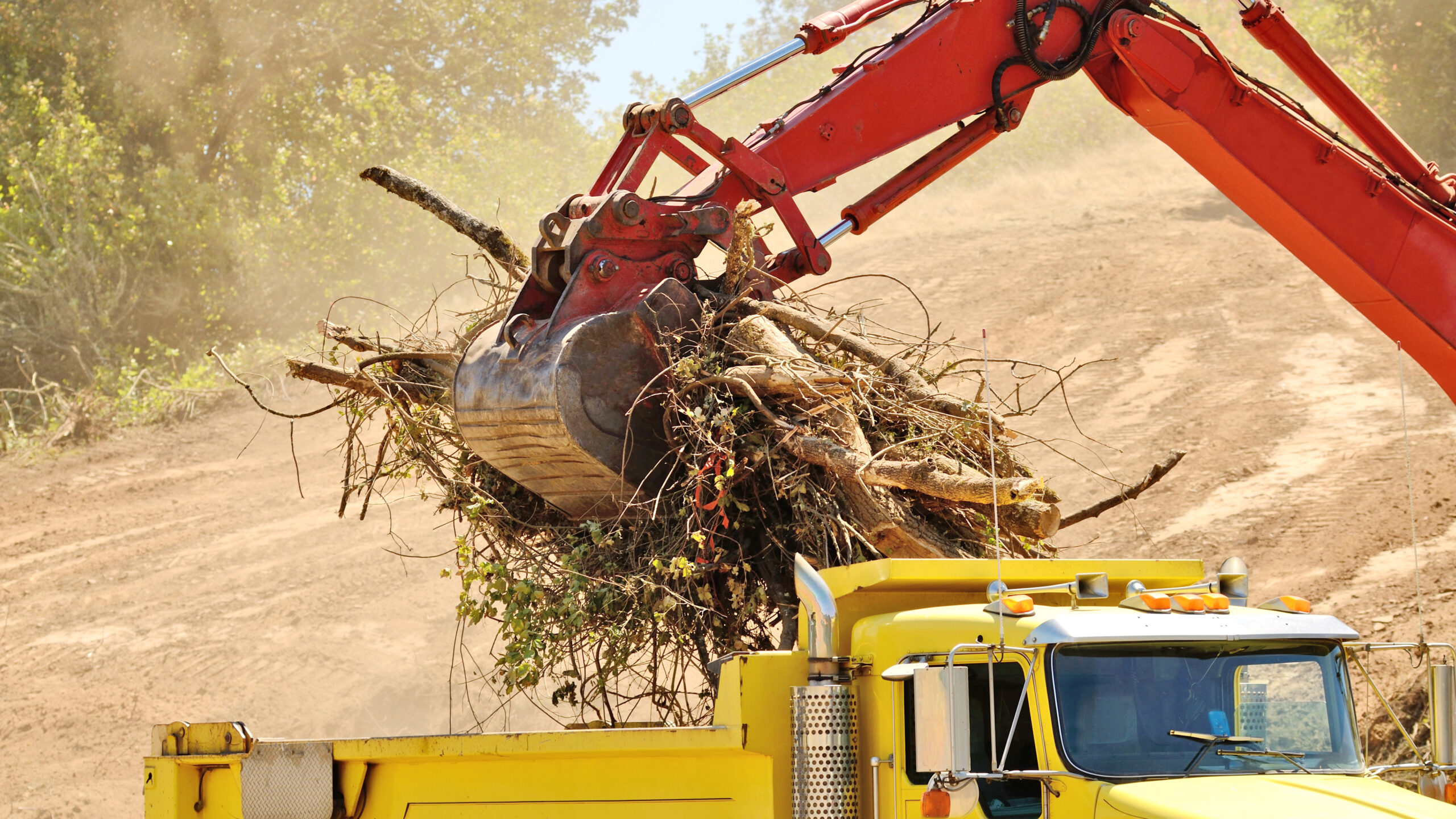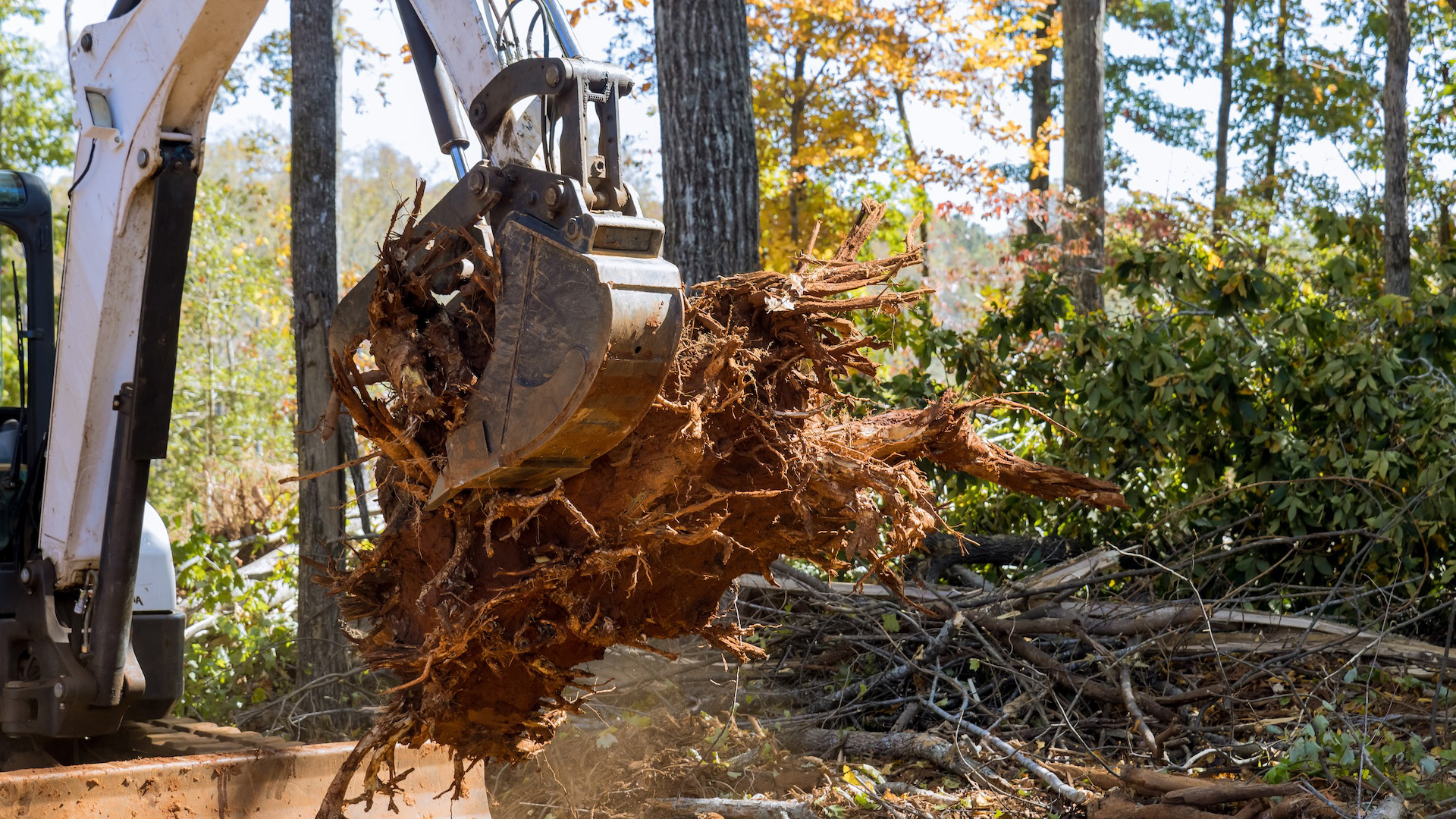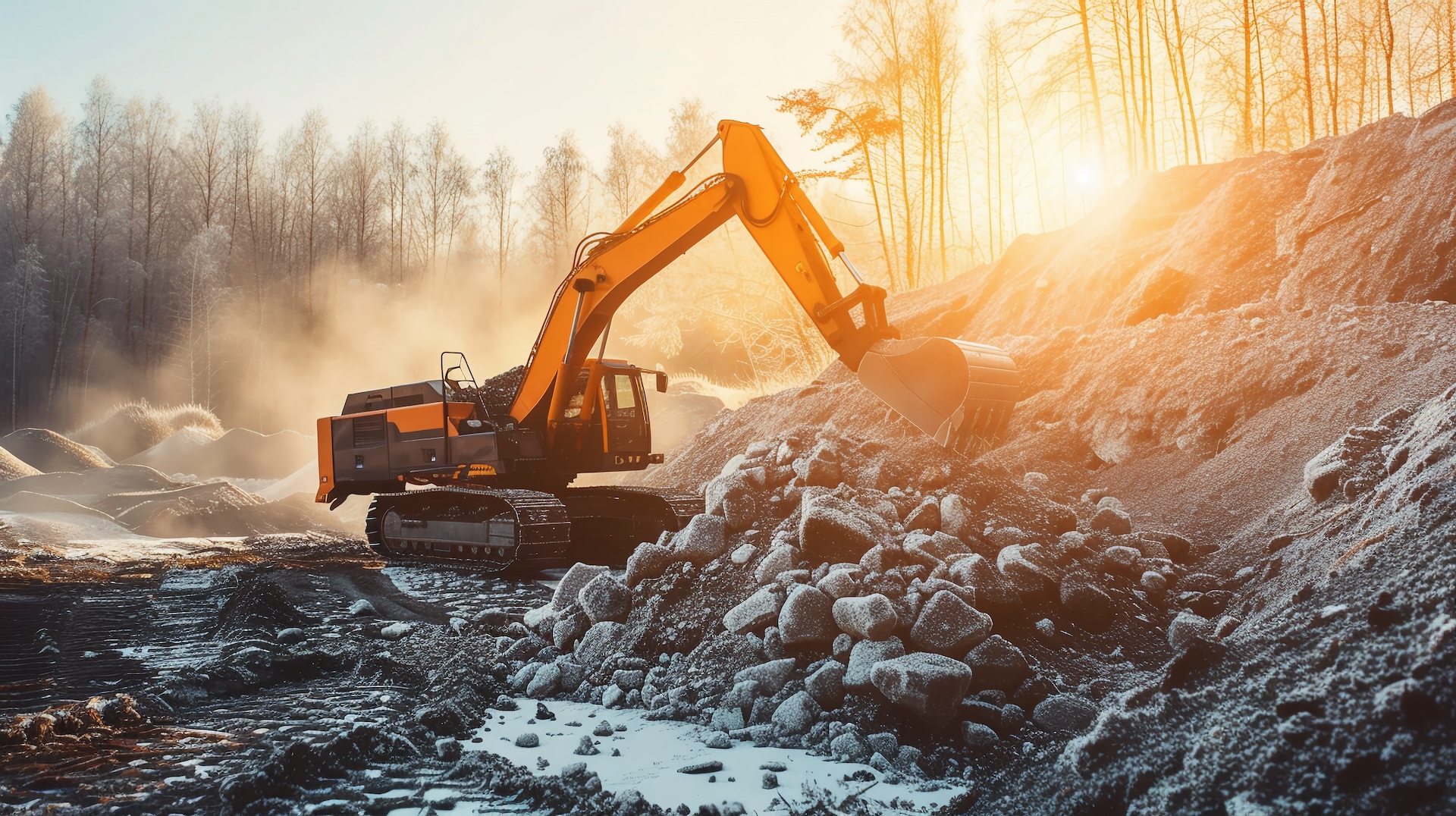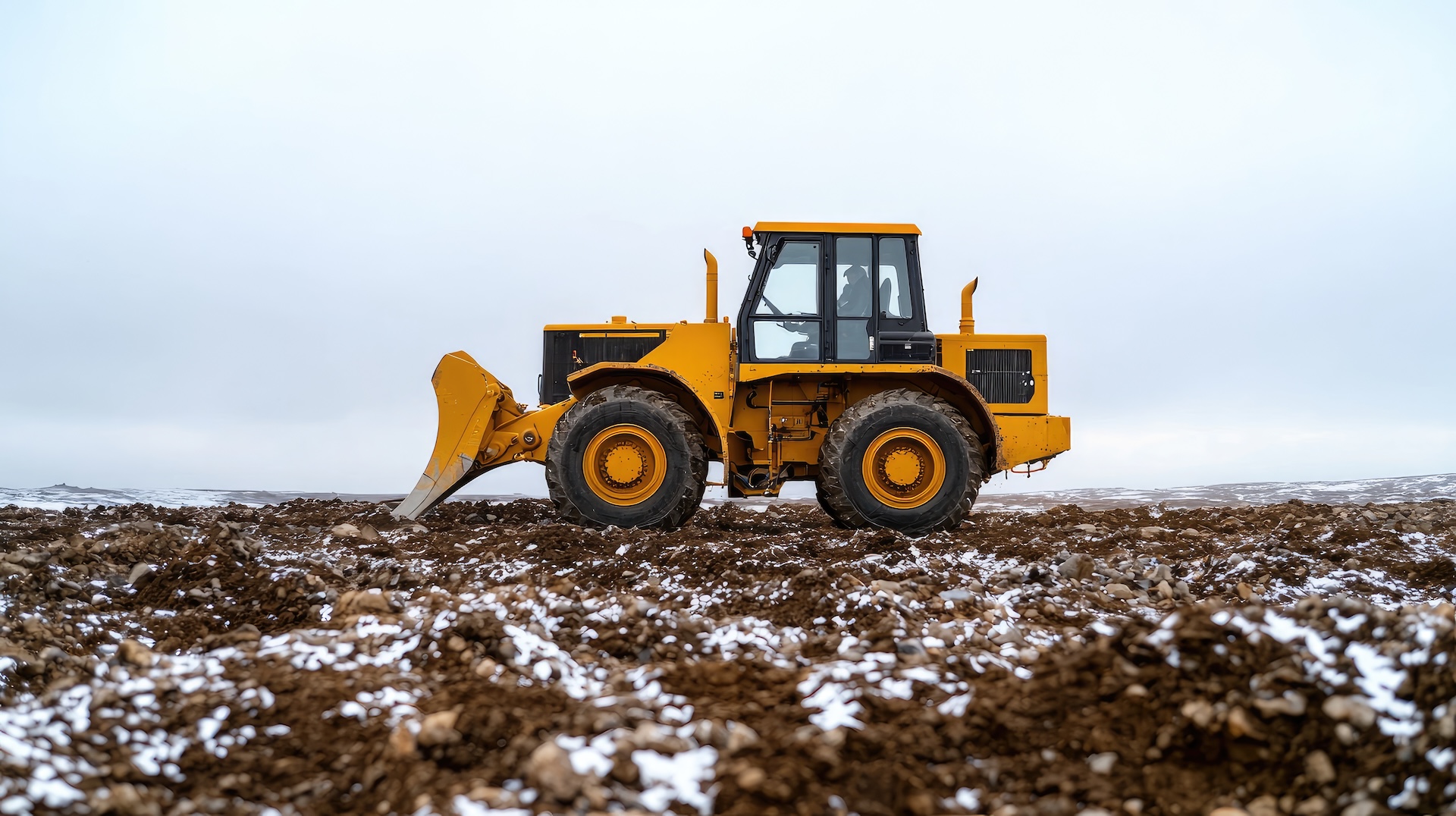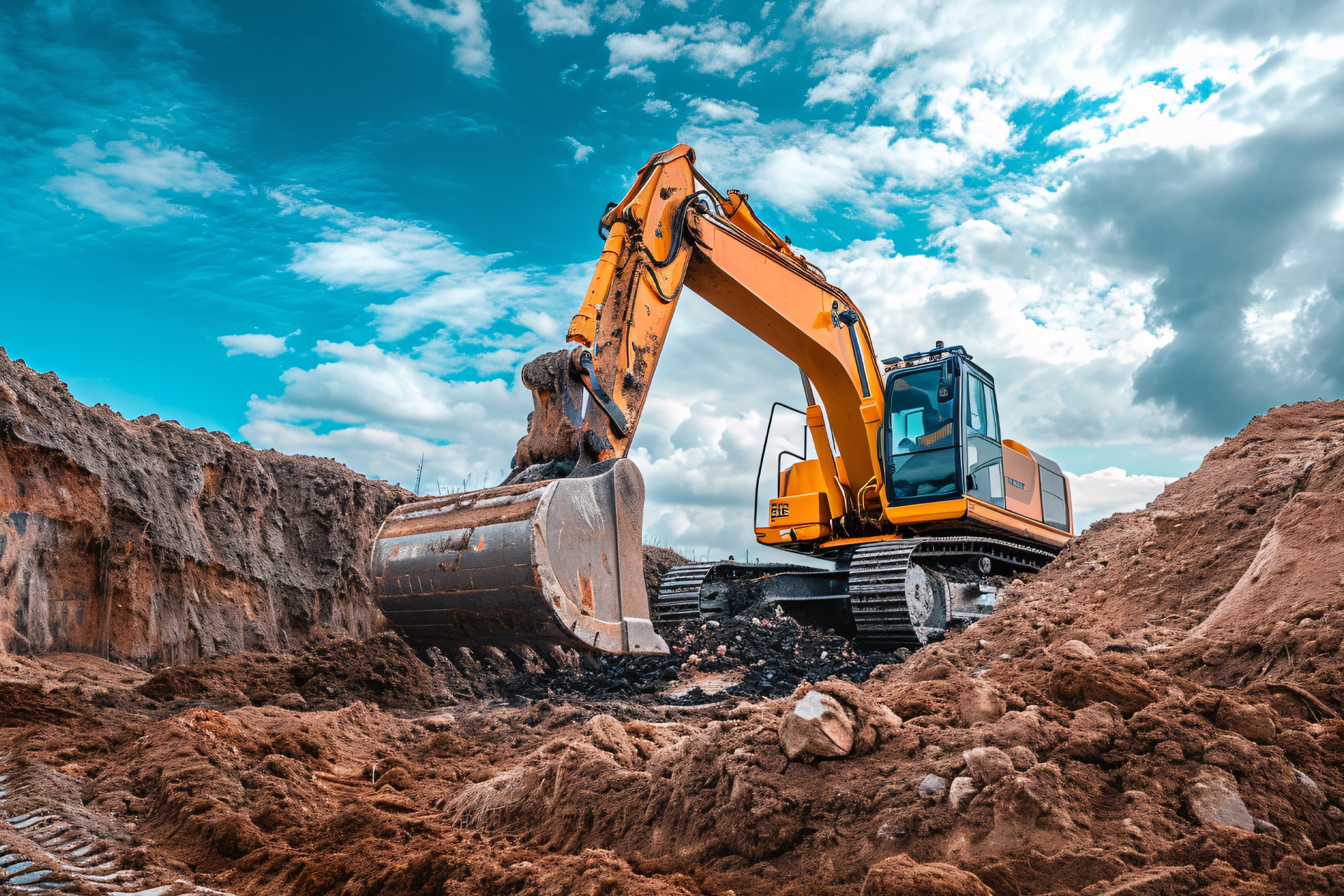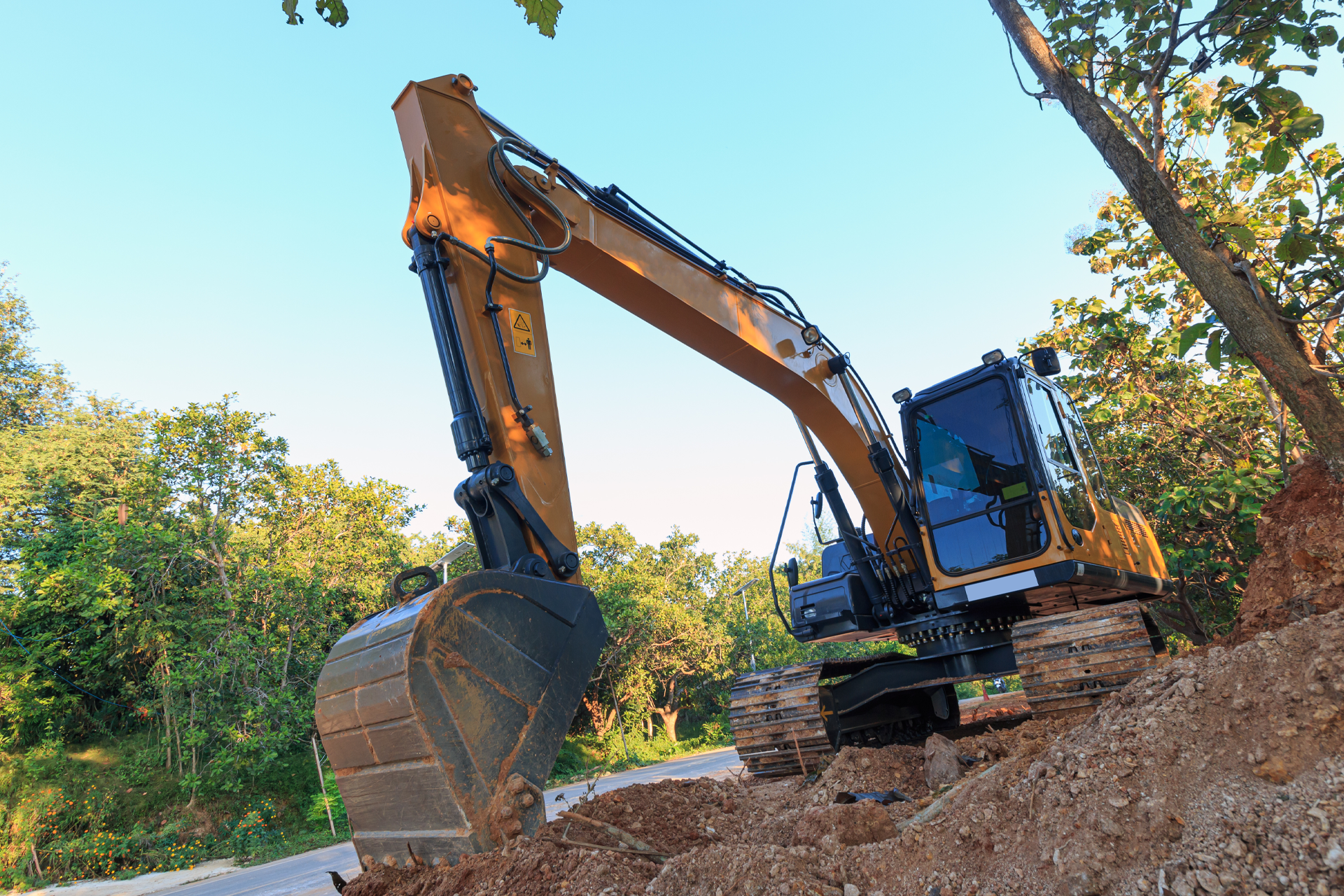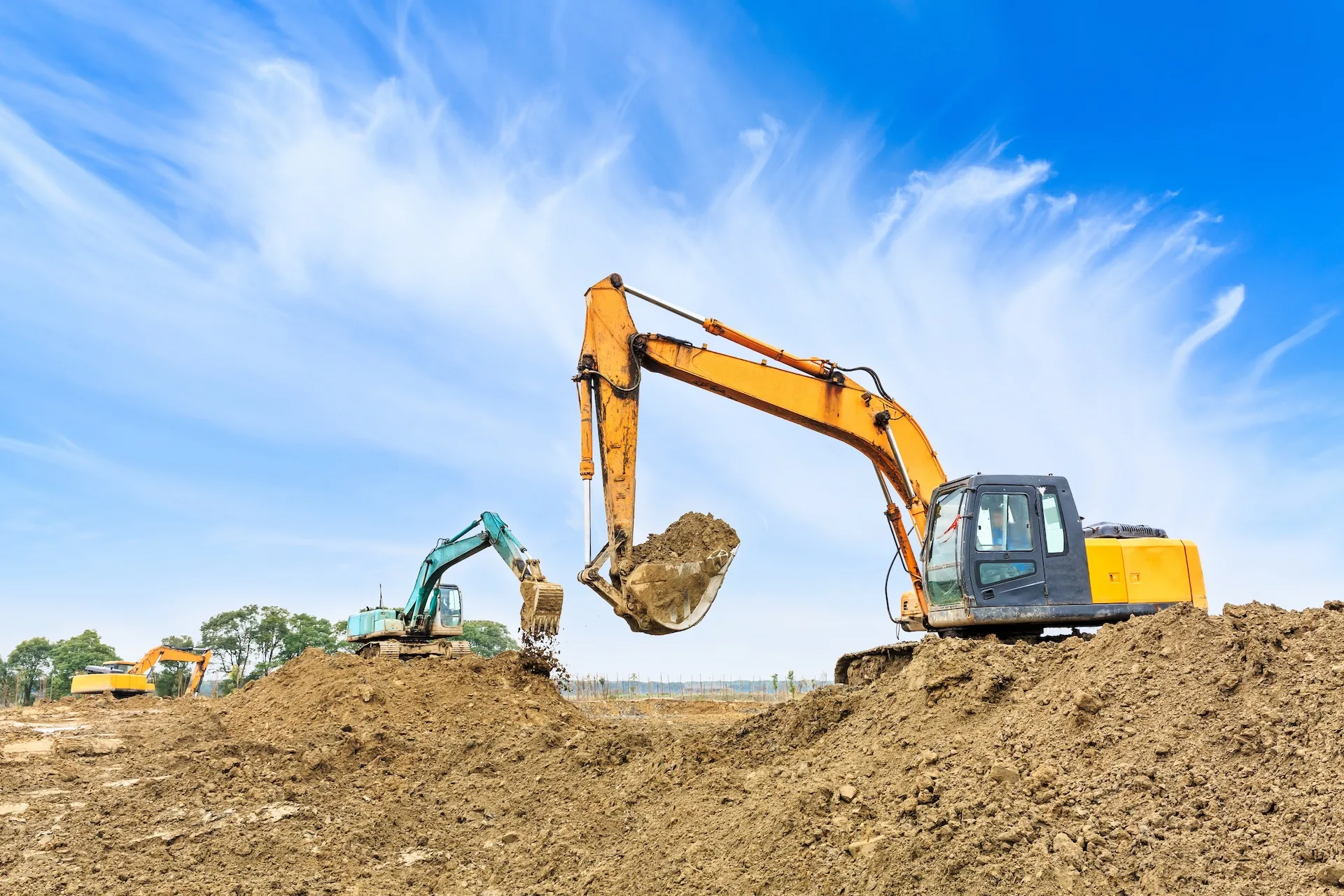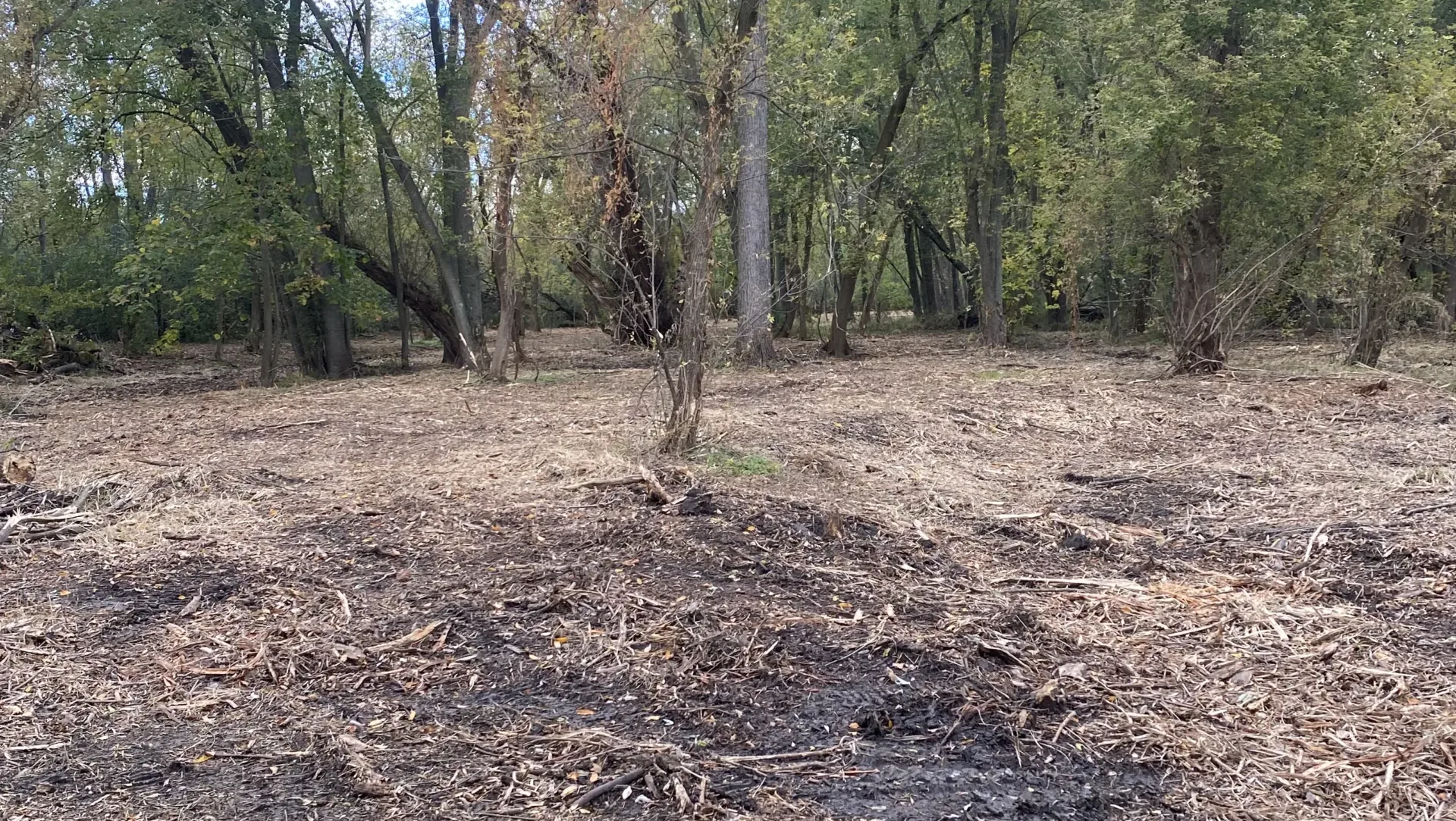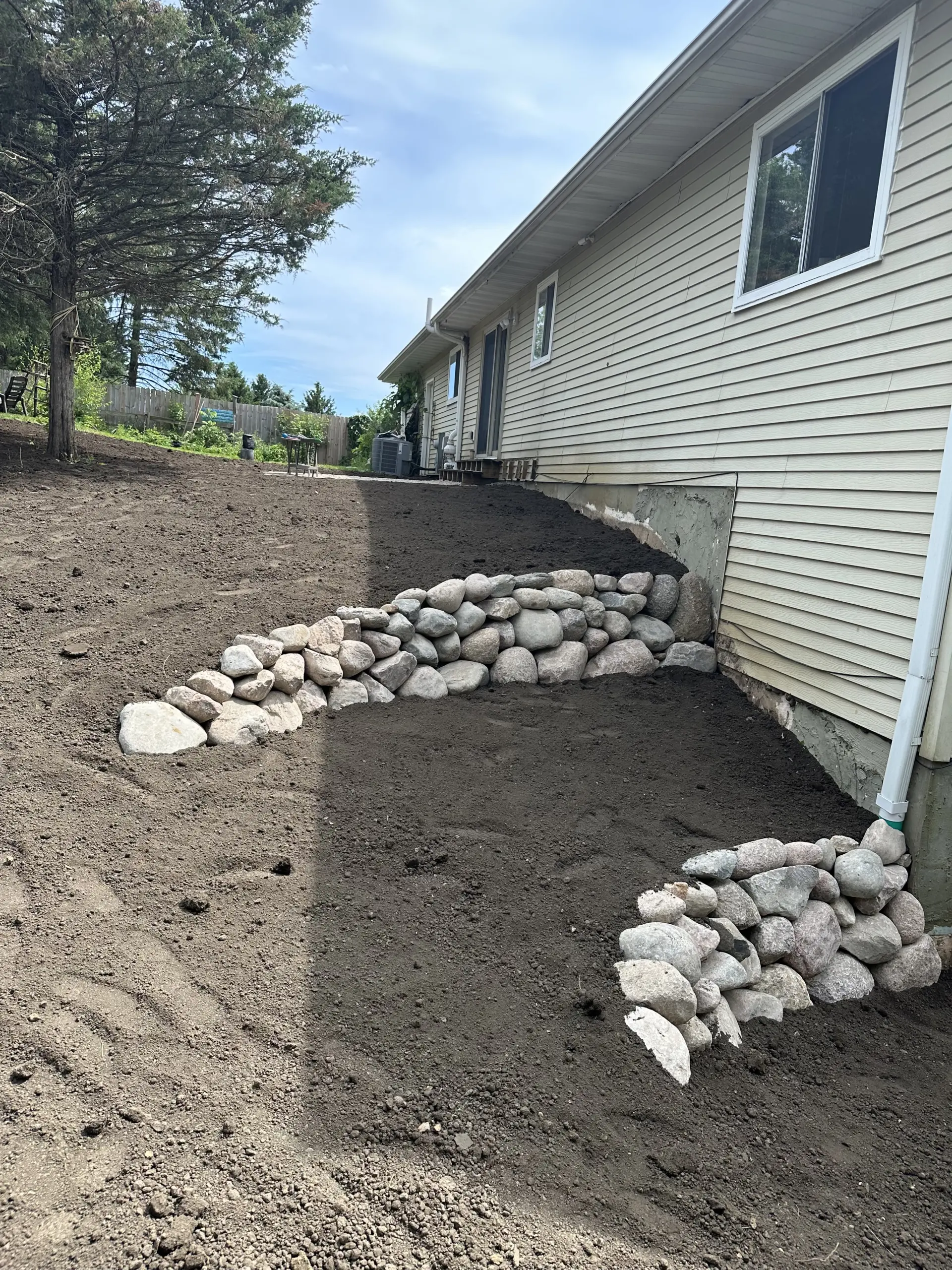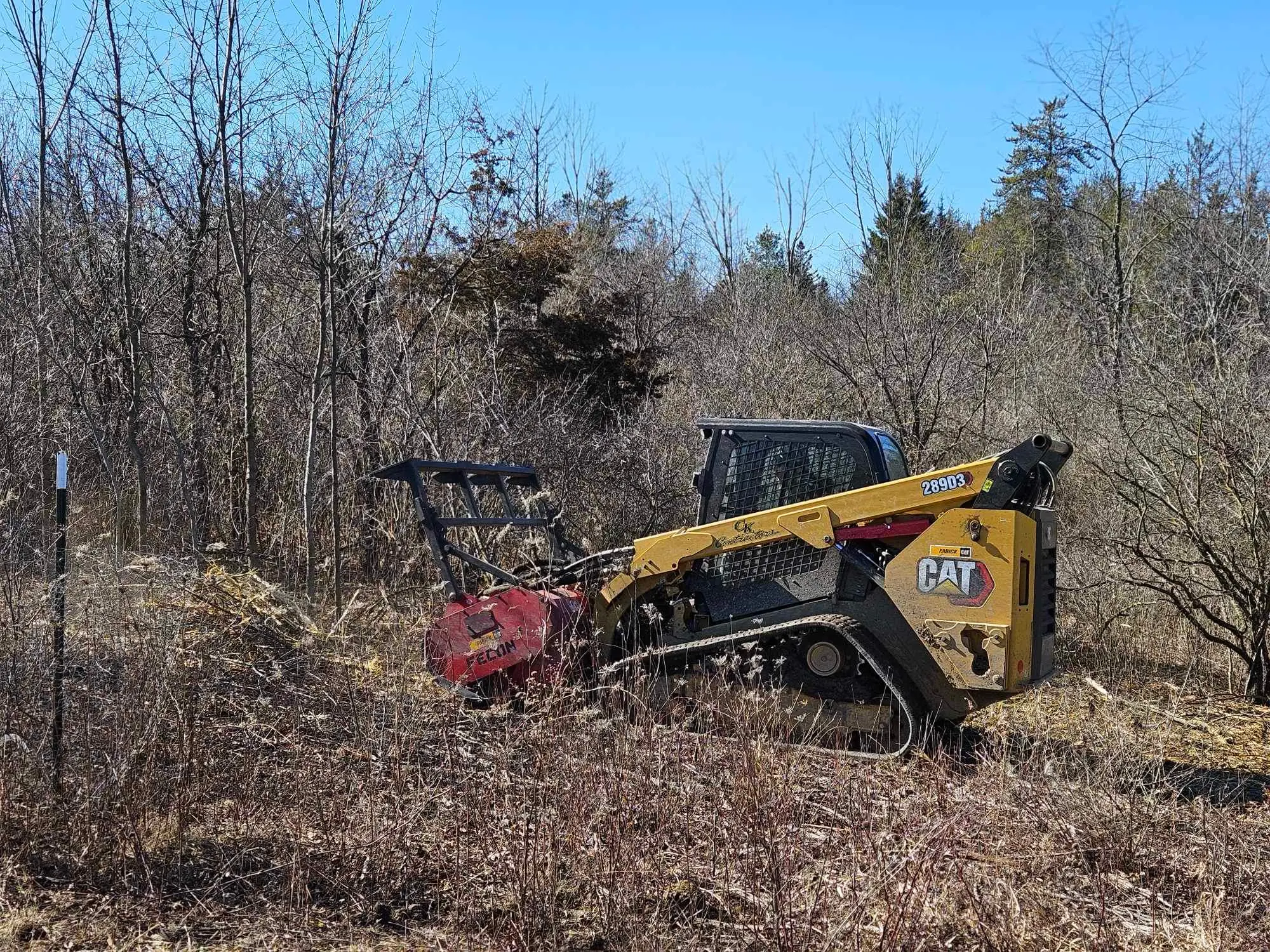A Second Line of Shoreline Defense
Choosing the Right Plants for Beauty and Protection
Protecting shorelines, whether they border Lake Michigan, inland lakes or rivers, is of paramount importance for several reasons. Healthy shorelines serve as critical habitats for diverse ecosystems, supporting a wide array of plant and animal species. These ecosystems play vital roles in maintaining water quality, preventing erosion, and mitigating the impacts of floods and storm surges. Furthermore, if these shorelines belong to your property, safeguarding them becomes crucial. Preserving these areas is essential to prevent the erosion of your investment over time.
Determining which form of shoreline protection is right for your property will depend on a number of factors. There is no one-size-fits-all solution for navigating shoreline control. Additionally, there are a lot of options to consider when choosing the right contractor to tackle the job. This is a big investment, both financially and environmentally, so taking the time to figure out the best course of action takes a little homework and research.
Once you’ve invested time and resources in securing your shoreline with suitable materials and techniques like seawalls or riprap, you might contemplate additional measures to fortify it further—a sort of secondary defense. This is where landscaping steps in, offering an additional layer of protection and reinforcement, as well as adding a layer of beauty.
Shoreline Landscaping
Once the hardscaping phase is finished, it might seem like the challenging part is over. However, maintaining focus is crucial to completing the project correctly. Now is the opportune moment to carefully choose the most suitable plants for the task ahead, ensuring they do not inadvertently introduce further ecological complications.
Nature serves as an invaluable guide for plant selection. Native plants have already proven their worth by thriving in your local ecosystem, making them a reliable choice. However, if you opt for non-native species, it’s essential to avoid introducing invasive plants that could disrupt the delicate ecological balance.
Non-native invasive species refer to plants, animals, and microbes that exist outside their original native habitats. Species like knotweeds, wild parsnip, Eurasian water-milfoil and other invasive plants not only disrupt human lives but also inflict significant harm on Wisconsin’s ecosystems. By out-competing native plants, they diminish essential food sources and habitats relied upon by wildlife species, thereby exacerbating the ecological imbalance within natural lands and waters.\
Wisconsin, like many states around the Great Lakes, is home to a wide variety of landscapes so one list of specific plants and trees for shorelines just won’t cut it. We have to dig a little deeper and offer up some suggestions for many different types of shorelines.
Forested Shorelines
One of Wisconsin’s best features is an abundance of beautiful stands of trees butting up to sparkling lakes and streams. If your shoreline is within a forested area, it’s best to look at planting additional native trees.
In Wisconsin, some native trees commonly found next to lakes and rivers include:
- White Pine (Pinus Strobus)
Known for its tall stature and soft, flexible needles, white pine thrives in moist soils and is often found along the shores of lakes and rivers. - Red Maple (Acer Rubrum)
This adaptable tree is well-suited to wetland environments and can be frequently spotted along the banks of lakes and rivers, offering vibrant foliage in the fall. - Eastern Cottonwood (Populus Deltoides)
With its rapid growth rate and tolerance for wet soils, eastern cottonwood is a common sight along riverbanks and lakeshores, providing shade and habitat for wildlife. - River Birch (Betula Nigra)
Resilient and tolerant of wet conditions, river birch is often found along the edges of rivers and streams, recognized for its distinctive peeling bark and graceful form. - Silver Maple (Acer Saccharinum)
Preferring moist soils, silver maple is commonly found near water bodies such as lakes and rivers, offering fast growth and shade. - American Sycamore (Platanus Occidentalis)
Recognizable for its mottled bark and large, palmate leaves, American sycamore thrives in riparian habitats and can be found along rivers and streams. - Black Willow (Salix Nigra)
Adapted to wet soils and capable of withstanding flooding, black willow is a prevalent species along the banks of lakes and rivers, providing erosion control and wildlife habitat.
These native trees play crucial roles in stabilizing shorelines, providing habitat for wildlife and enhancing the beauty of Wisconsin’s aquatic landscapes. For additional tree options, the University of Wisconsin-Extension service has an extensive list of evergreen and deciduous trees native to Wisconsin, offering numerous choices perfect for your location.
Planting Shoreline Shrubs
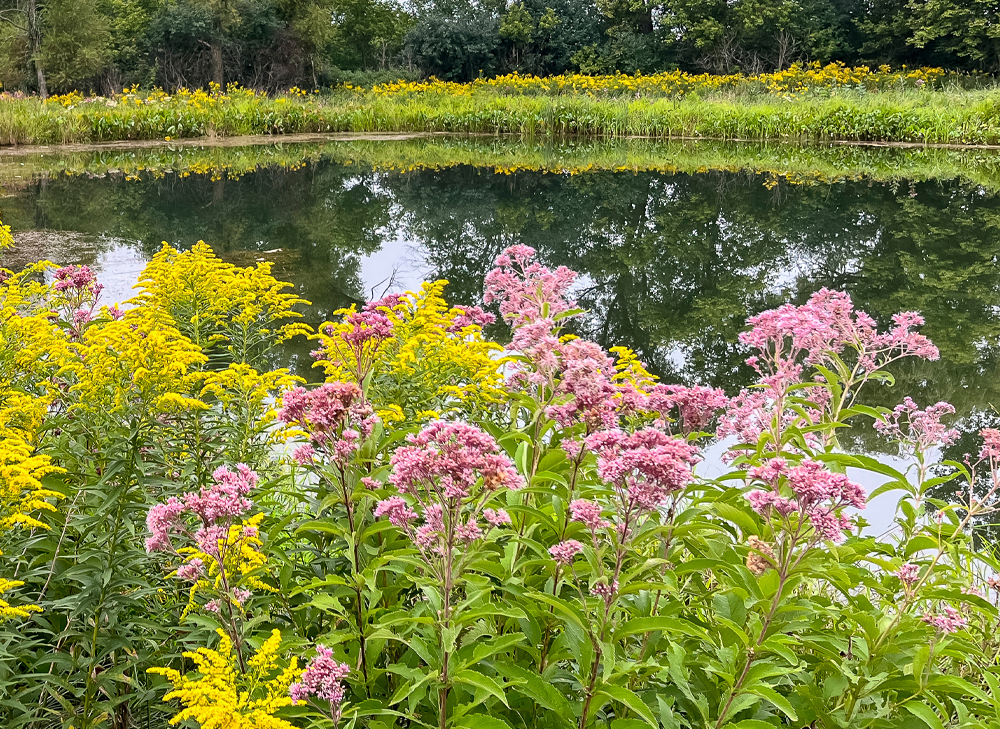
Planting native shrubs along river and lake shorelines offers numerous advantages for both the environment and property owners. Native shrubs are well-adapted to the local climate and soil conditions, making them resilient and low-maintenance options for shoreline landscaping. Their deep root systems help prevent sediment runoff into water bodies. Additionally, native shrubs provide vital habitat and food sources for wildlife, including birds, butterflies, and pollinators, enhancing biodiversity and supporting healthy ecosystems. Furthermore, these shrubs can improve water quality by filtering pollutants and excess nutrients from runoff, ultimately contributing to the overall health and beauty of river and lake ecosystems.
- Common Buttonbush (Cephalanthus Occidentalis)
This native shrub features unique spherical clusters of creamy-white flowers that attract pollinators and ripen into small, reddish-brown fruit, providing essential food for wildlife. - Shrubby St. Johnswortz (Hypericum Prolificum)
With its bright yellow flowers and dense, bushy growth habit, this plant adds cheerful color to gardens and offers habitat for butterflies and other beneficial insects. - Atlantic Ninebark (Physocarpus Opulifolius)
Known for its attractive peeling bark and clusters of white or pinkish flowers, this deciduous shrub is prized for its ornamental appeal and ability to thrive in various soil conditions. - White Meadowsweet (Spiraea Alba)
Featuring delicate clusters of white flowers atop slender stems, this native shrub is a favorite among pollinators and adds grace and charm to wetland gardens and naturalized areas. - Coralberry (Symphoricarpos Orbiculatus)
This deciduous shrub produces clusters of small, pink to purplish berries that persist into winter, providing a valuable food source for birds and adding color to the landscape. - American Cranberry Bush (Viburnum Opulus var. Americanum)
With its showy clusters of white flowers in spring and bright red berries in fall, this shrub offers year-round beauty and attracts birds to the garden.
Planting Grasses
Grasses indigenous to Wisconsin provide comparable benefits to river and lake shorelines, akin to native shrubs. Their inherent elegance seamlessly integrates into diverse landscapes, whether natural or manmade, while effectively stabilizing soil and mitigating runoff. Furthermore, they serve as habitats for numerous animals and beneficial insects, enhancing biodiversity and promoting ecosystem health.
- Switchgrass (Panicum Virgatum)
A versatile native grass prized for its upright form, switchgrass offers striking color variations throughout the seasons and provides habitat for wildlife. - Indiangrass (Sorghastrum Nutans)
This tall, graceful grass features golden seed heads that shimmer in the sunlight, making it a valuable addition to prairie and meadow landscapes. - Canada Wild Rye (Elymus Canadensis)
With its upright growth habit and nodding seed heads, Canada Wild Rye adds texture and movement to naturalized areas and is valued for its erosion control capabilities. - Western Wheatgrass (Pascopyrum Smithii)
This hardy, cool-season grass forms dense clumps of blue-green foliage and is well-suited to a variety of soil types, making it an excellent choice for erosion control and wildlife habitat restoration.
For more options of grasses and shrubs native to Wisconsin, an excellent resource is the Lady Bird Johnson Wildflower Center.
Rain Gardens
If you possess a sunny open lawn area, a beautiful and effective solution for erosion control is the creation of a rain garden. This concept, straightforward yet impactful, offers numerous benefits to your property.
Essentially, it involves establishing a designated area adorned with colorful native flowers, grasses and sedges, serving the purpose of capturing rainwater and gradually releasing it into the soil. By doing so, it mitigates runoff that might otherwise pose a threat to vulnerable shorelines.
The Wisconsin Department of Natural Resources provides a comprehensive guide encompassing the construction and upkeep of these gardens, along with recommendations for suitable plant varieties.
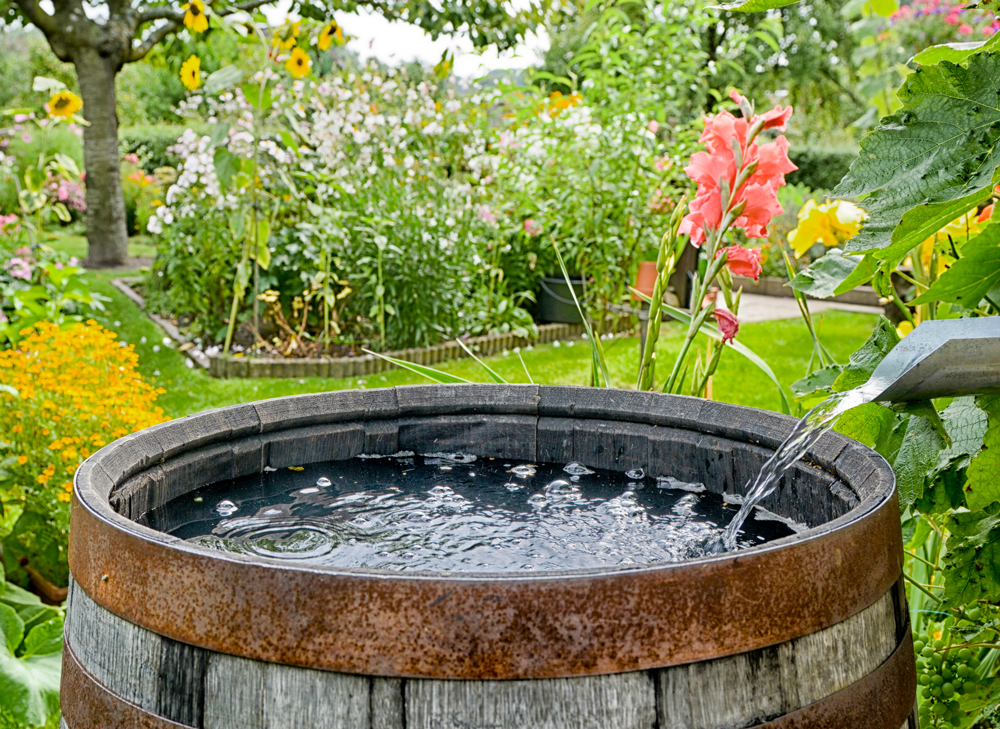
Endangered & Threatened Plants
If you possess a sunny open lawn area, a beautiful and effective solution for erosion control is the creation of a rain garden. This concept, straightforward yet impactful, offers numerous benefits to your property. Essentially, it involves establishing a designated area adorned with colorful native flowers, grasses and sedges, serving the purpose of capturing rainwater and gradually releasing it into the soil. By doing so, it mitigates runoff that might otherwise pose a threat to vulnerable shorelines. The Wisconsin Department of Natural Resources provides a comprehensive guide encompassing the construction and upkeep of these gardens, along with recommendations for suitable plant varieties.

